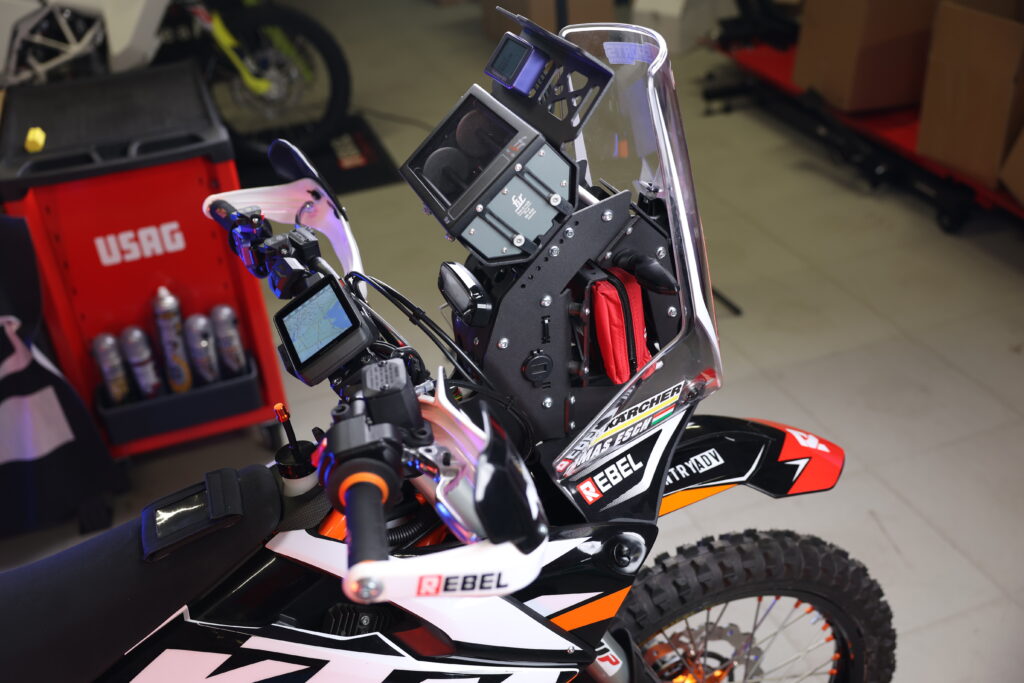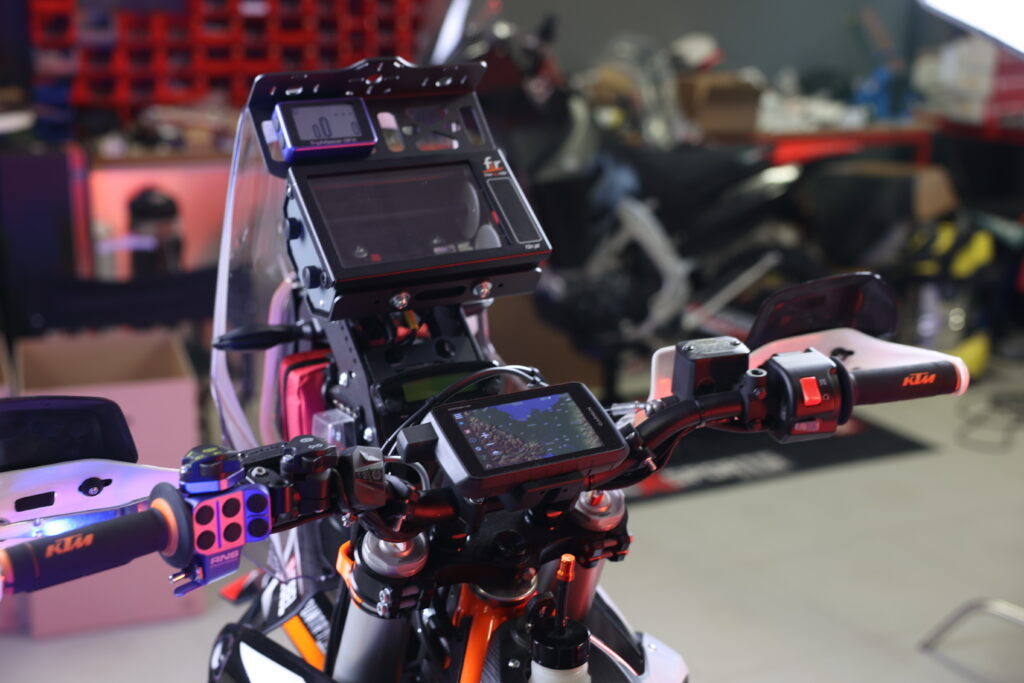Uncategorized
Rally Bike Build: Where to Begin
Ready for your very own rally bike build? As the winter has forced many of us to park the bikes for the cold season, it’s the perfect time to start a rally project. If you’re aiming for amateur rally classes and hoping to race Hellas Rally Raid or a similar rally, you’re more than capable of doing the rally bike build yourself. In essence, it’s about prepping your existing bike for a rally, and you can install most of the essential mods yourself.
In this post, we’ll touch on the most important rally bike build components and what to watch out for when working on your project bike.
Rally Bike Build: The Goal
First and foremost, you need the right plan for a rally bike build. Instead of focusing on getting a KTM 450 rally replica or obtaining the newest, shiniest farkles, think differently. Ask yourself: what will make your bike more durable, reliable, and suitable for the tough rally conditions and circumstances you’ll find yourself in during a race?

Next, think about what will give the function you need: navigation, fuel capacity, tires, mousses, and the like. Choose products and parts that are well-designed, tried and tested, not just known brands. If your budget is tight but you still want the Dakar-level quality and look, check out REBEL rally bike build products, especially their navigation kits – REBEL makes reliable, durable stuff that will last for Hellas and Africa Eco Race alike. Bonus point? Their roadbook holder mounts low on the handlebars, keeping the weight low, too.

Speaking of navigation: should you go paper or digital? While there is a big move toward digital roadbooks, we always recommend riders stick to the old, mechanical paper scroll method, and this isn’t just about the old Paris-Dakar nostalgia. Mechanic means two things – durable and reliable, and it’s much less likely to fail during a rally race when conditions are unpredictable and crashes, probably inevitable. Look for F2R or MigTec – this is what rally factory teams use at the Dakar, and for your trimpaster, ICO is still king. It’s still the #1 choice among factory teams, but if you want more features, personalization, and newer tech, check out the RNS.
Finally, think about what will give you more control, confidence, and safety. Suspension tuning and modification, steering damper (we love Scotts), and better footpegs may all contribute to that.
Building the Rally Bike for the Long Haul
When building rally bikes, people tend to forget one simple thing: your bike needs to be comfortable for long daily distances. You may have the best rally navigation tower, tires, and suspension, but things like handlebar vibration and noise add to the fatigue. Take a look at BRP or Xtrg handlebar mounts to minimize the vibration – your hands and arms will thank you after putting away hundreds of miles on rough terrain.
Equally, wind noise can be harmful, especially on those crazy distances, so think about a rally windshield. In addition, while it’s not exactly a bike mod, be sure to carry earplugs with you.
Next, think abut your feet. Racing a rally, you will be spending hours and hours standing up on your pegs. When riding off-road, you have dramatically less control of the bike while sitting and can’t see far enough ahead, so you’ll need to be standing. A lot. And much like with any small discomfort that seems insignificant for a day’s ride, it can quickly escalate into pain and pure torture during the long rally days. If you gear doesn’t fit well, chafing will soon turn into bleeding wounds. If your footpegs are uncomfortable, your feet will be screaming with pain by Day Three. If you’ll be riding 200-300 kilometers a day – and that’s pretty standard at most rally races – you need wider, more comfortable footpegs.

Finally, think about your bum: when doing a rally bike build, a comfortable seat should also make it to your list of mods. Every rally has liaison stages – long stretches of tarmac or graded dirt roads – so you’ll inevitably get a sore bum if your seat is uncomfortable. So much so, in fact, that Vanessa Ruck confessed to using pillows strapped to her seat during the Morocco Desert Challenge. Avoid this by getting a better seat or, at the very least, a seat cover featuring quick-dry materials and gel or foam inserts.
Rally Bike Parts
Where do you source your rally bike build parts from? It all depends on what kind of bike you’re building. If you’re improving your adventure motorcycle for a rally, look for similar builds for your bike’s make and model or reach out to adventure-rally bike builders like Hessler Racing in Germany (V-Strom for a rally? Why not!).
If you have a rally-ready bike like a KTM450, Yamaha 450, Honda 450, or similar, here is a list of our favorite rally bike parts manufacturers:
REBEL X Sports – navigation, rally kits, fuel tanks, windshields
Renazco Racing, Seat Concepts – seats
BRP for handlebar mounts
Hessler Racing for Suzuki rally bike builds
Finally, consider checking out our rally footpegs designed for maximum comfort, durability, and balance. The Cross Country ADV footpegs are made from the toughest materials, provide plenty of comfort and grip, and allow you to control your bike better.

Are you thinking of doing a rally bike build? Share your progress with us in the comments below!


Pingback: What Gear Do You Need to Race a Rally? // Cross Country ADV